In his 1907 publication of Rambles in Eirinn, William Bulfin, said: “The Meath men will not stock their land while the spring is raining. The soil is soft and the heavy cattle would cut it up too much.”
Bulfin’s words are certainly true this year as it has been a disagreeable month of March. Despite a dry winter, the soil is as wet and unworkable as ever but this could change rapidly now that April is here. Our spring beans have still to be sown, as indeed has some spring barley but I’m not worried about that.
However, the onset of spring means different things to different people. For many, it’s the garish flush of dazzling daffodils and for others it’s the more subdued and shy primroses. For some, it’s new lambs gambolling around the fields and for the more perceptive, it’s frogspawn or a lone bumble bee busily collecting virgin nectar on the cherry blossom.
For urban dwellers, it may indeed be RTÉ’s Big Week on the Farm, when half of the staff decamp Montrose for the novelty of the sticks and become all soft and sentimental at the cuddly little animals being born on the farm.
Now, while I’m cogniscent of all these subtleties, the onset of spring to me is actually none of these things. Spring and the start of proper growth in the fields really means one thing to me: it’s the winter wheat I’m watching for when it suddenly switches into stem extension.
All of this shouts at me that crops are on the move and, in a mild panic attack, it’s time to get the Cycocel out. But Cycocel, because it’s a hormone-type growth regulator, will only work properly when temperatures are above 10oC, ideally day and night.
Hence, it’s the distinctive, cloying aroma of Cycocel that I always associate with a warmed-up springtime.
The first split of Cycocel and Medax went on some of the wheat and barley in the last week of March, earlier than usual. So spring has officially arrived in this sleepy southern corner of Co Meath.
We’ve even let some cattle out, which we’ve hardly ever done in March. But, as Bulfin suggested, they did cut it up a bit and it’s our driest land.
The TAMS tillage scheme is to be welcomed, even if one wonders where they got the precise and exacting specification criteria from. It appears there was no input from Teagasc but there was from the IFA.
Now, I don’t wish to offend anyone in particular but I’d say the IFA would be as knowledgeable about tillage machinery as I am about somatic cell counts.
As an aside, I’d much prefer if the IFA would do something genuinely useful for tillage farmers by running a national and Brussels-orientated campaign to heighten awareness of the importance of glyphosate to tillage farmers but also to gardeners and commercial users as well. And don’t dairy farmers squirt gallons of it around the place ahead of reseeding?
Anyhow, there is one glaring omission for TAMS-eligible machinery. A stubble/straw rake should be included.
For the uninitiated, a stubble rake is used following the combine to create a micro tilth for weed seeds to germinate. Following germination, it may also be used to scratch out the flush of weeds, thus eliminating the need for a glyphosate spray. It also offers cultural control of slugs.
I’ve probably now totally confused the IFA but please, Department of Agriculture, allow stubble rakes to be included – they’re not that expensive.




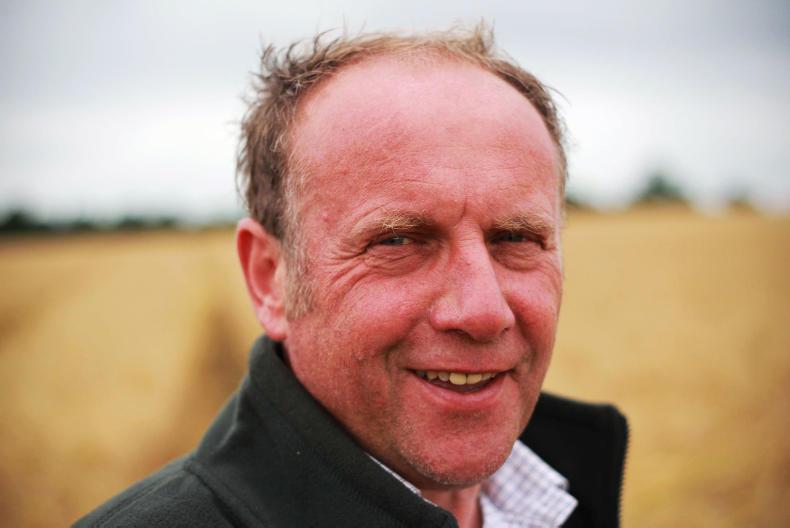
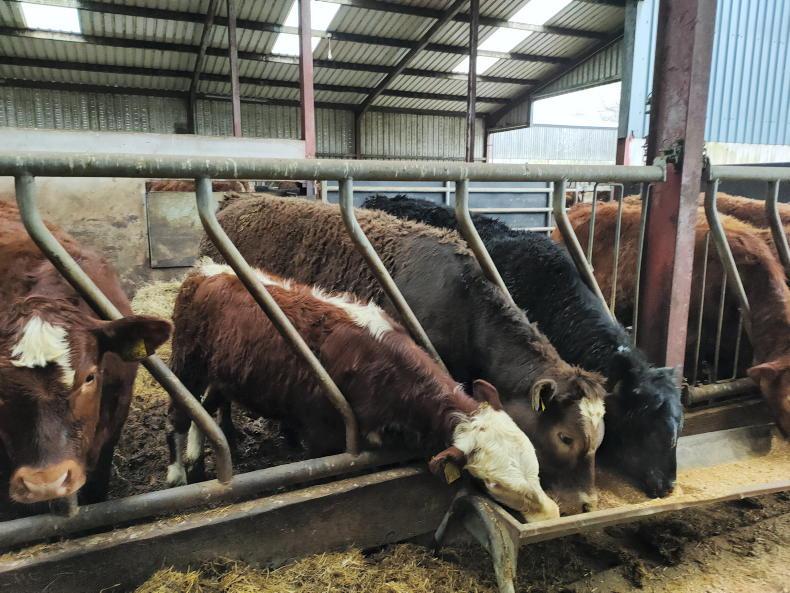

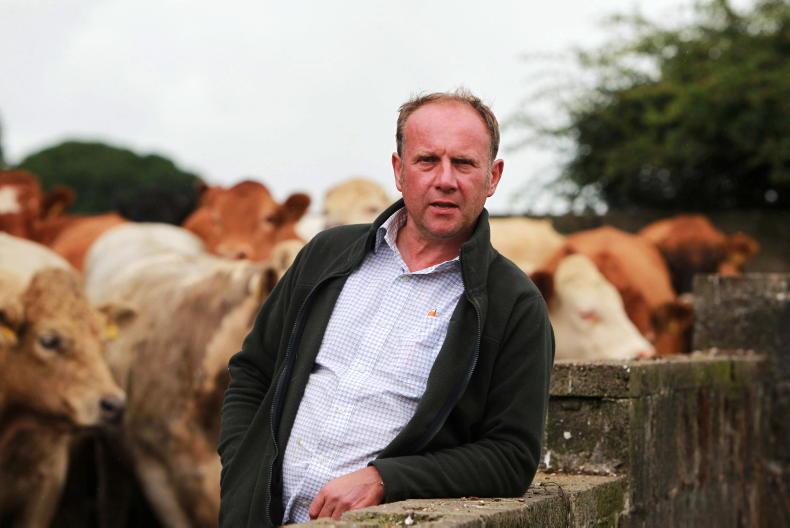
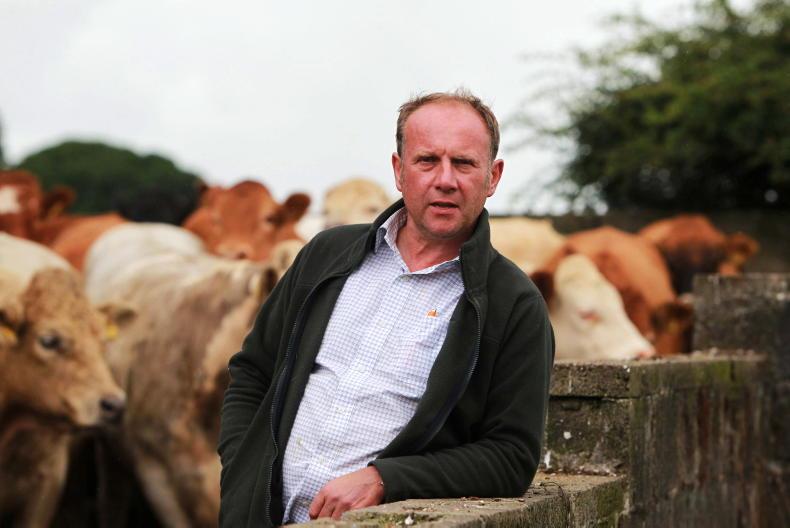
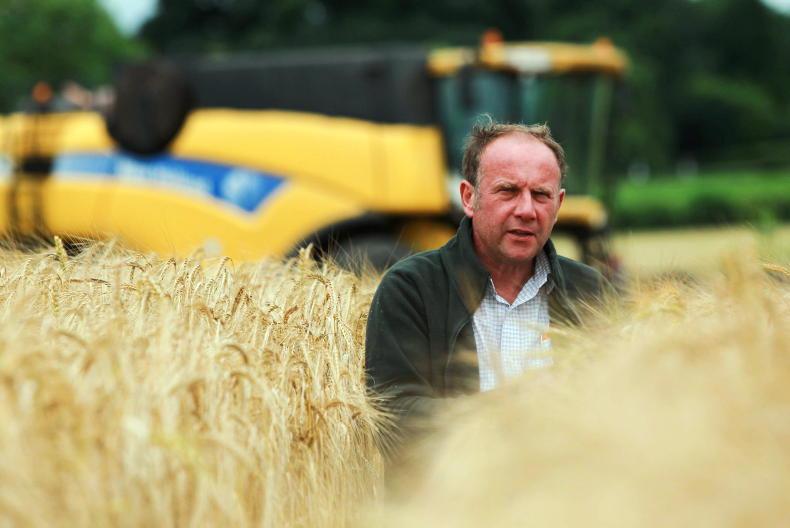
SHARING OPTIONS